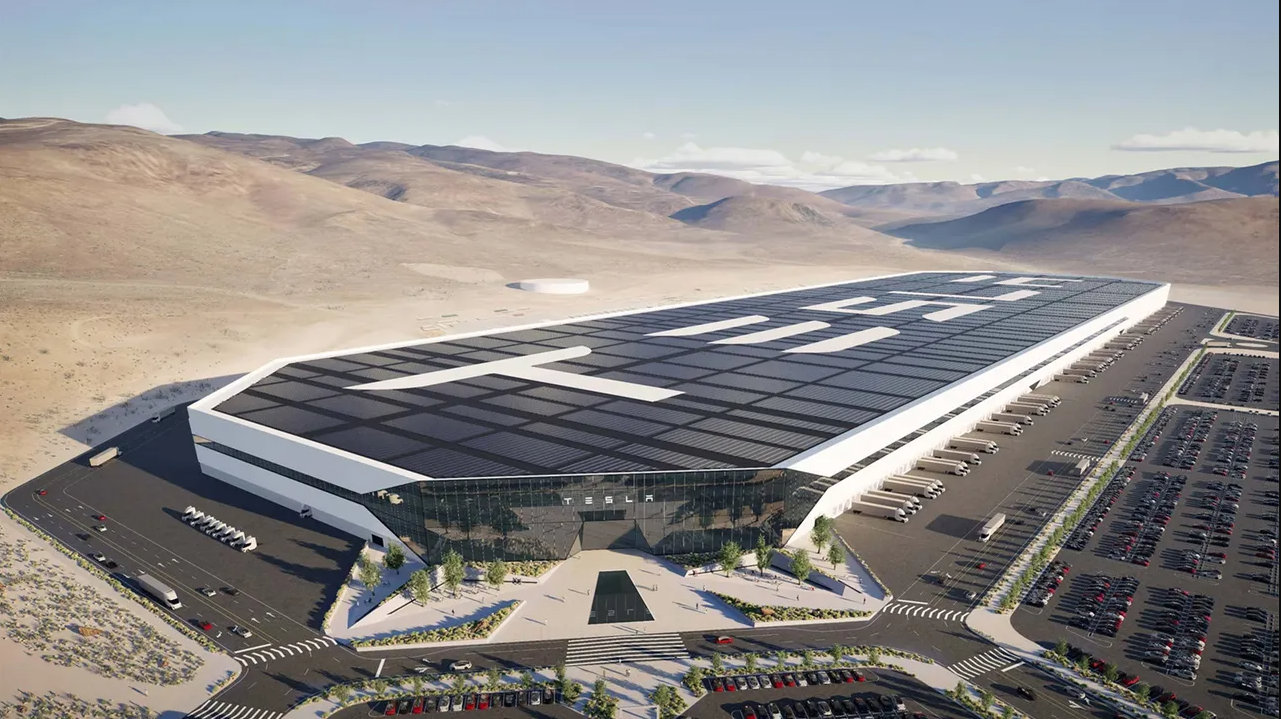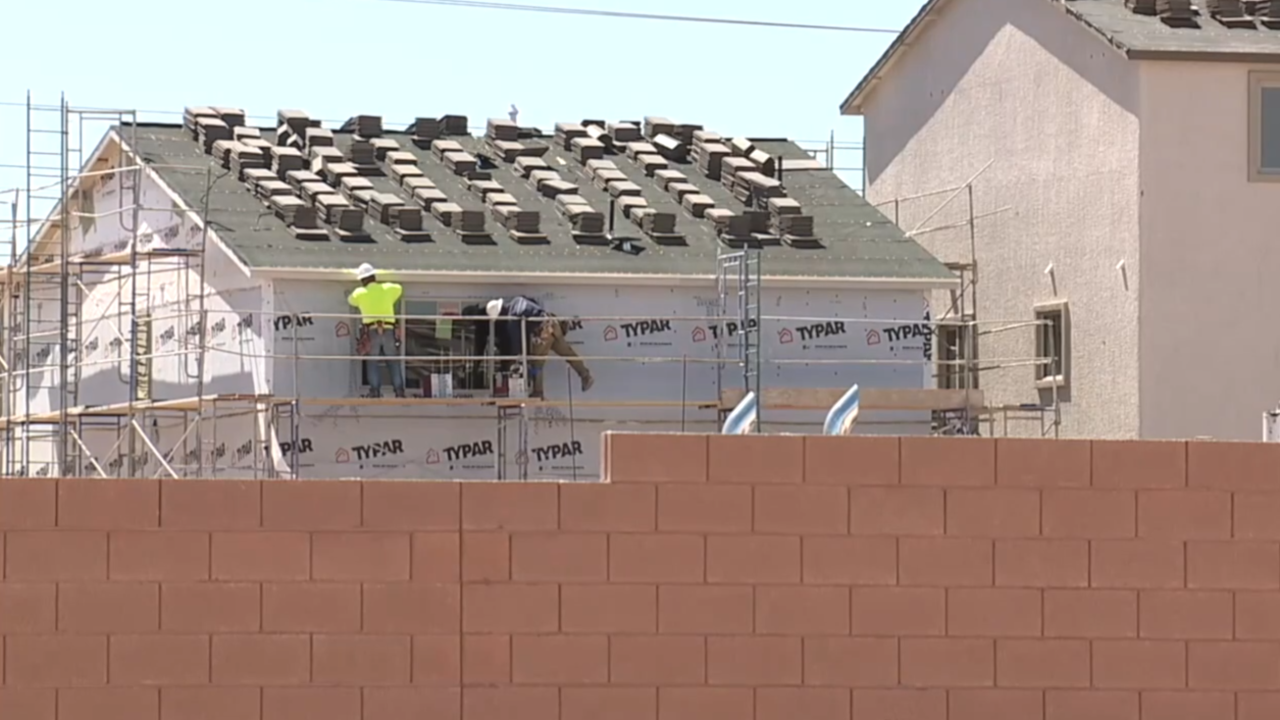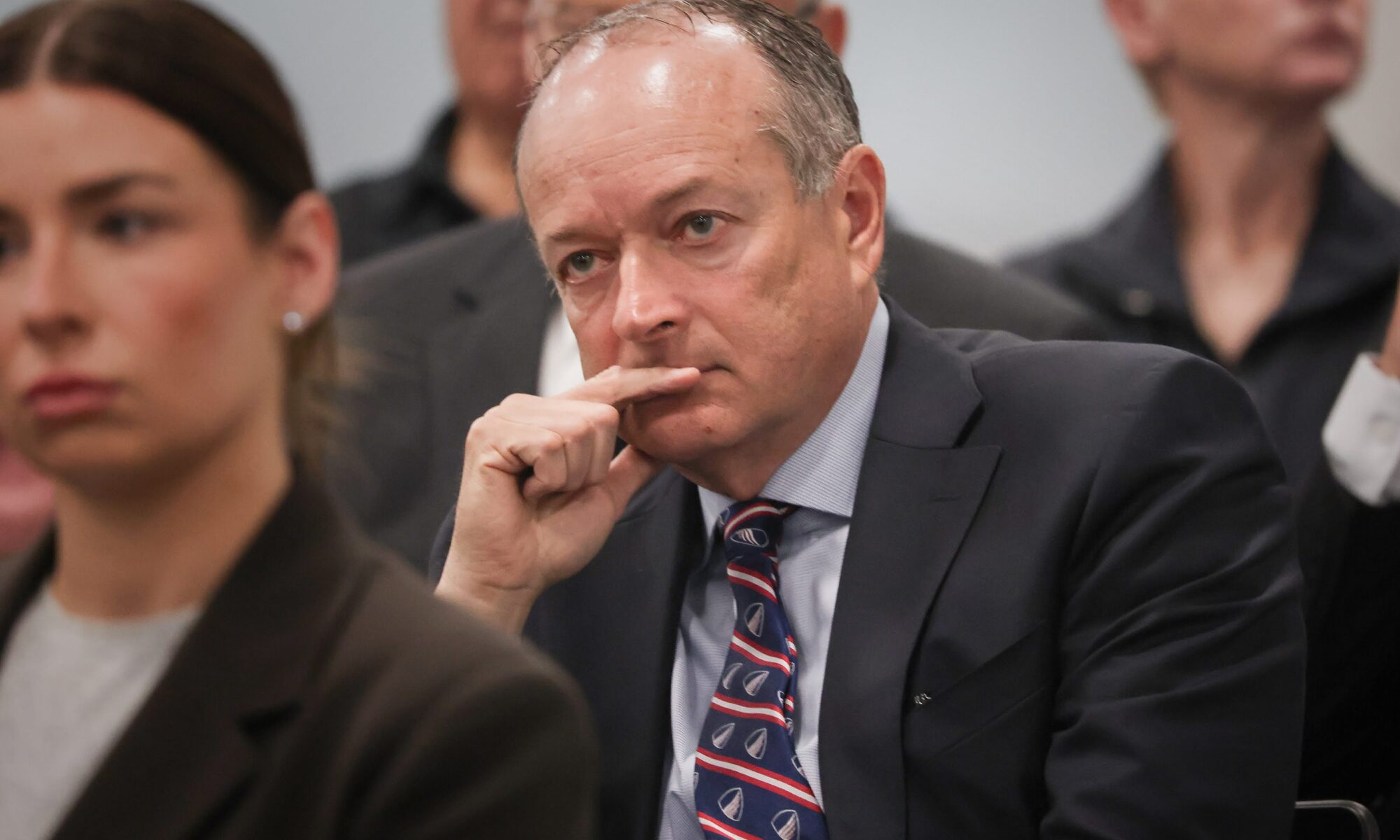Tesla supercharges Nevada’s economy with major battery manufacturing facility

New Lithium-Iron-Phosphate factory brings high-tech jobs and energy independence to the Silver State
Nevada is set to become a crucial player in America’s electric vehicle revolution as Tesla prepares to launch a groundbreaking lithium-iron-phosphate (LFP) battery cell factory right here in our backyard. This strategic move not only strengthens our state’s position as a clean energy hub but also represents a significant shift in reducing America’s dependence on Chinese battery imports.
Breaking free from overseas dependencies
For years, Tesla has relied heavily on Chinese manufacturers for the LFP cells that power both its electric vehicles and energy storage systems. China’s early recognition of LFP technology’s potential and subsequent massive investments have given them a near-monopoly in this critical sector. While the cost advantages of Chinese suppliers made them an attractive option, Tesla has consistently voiced its commitment to bringing manufacturing jobs back to American soil.
The timing couldn’t be more critical. With ongoing global trade tensions and tariff uncertainties affecting automotive and battery supply chains worldwide, Tesla’s push for domestic production represents both a strategic business decision and a boost for American manufacturing independence.
Nevada’s growing role in the battery revolution
The Nevada facility isn’t starting from scratch. In a savvy move, Tesla acquired manufacturing equipment from CATL, one of its primary battery partners in China. This equipment, originally intended for smaller U.S. production projects, is now being deployed for a much more ambitious goal.
The numbers tell an impressive story. Once operational, the Nevada plant is projected to produce approximately 10 gigawatt-hours (GWh) of LFP battery cells annually. To put this in perspective, that’s enough battery capacity to power roughly 130,000 standard-range Tesla Model 3 vehicles or provide backup power storage for thousands of homes and businesses across Nevada and beyond.
What this means for Las Vegas and Nevada
This development brings several benefits to our local economy:
- Job creation: The facility will create hundreds of direct manufacturing jobs, plus additional positions in logistics, administration, and support services
- Economic ripple effects: Local suppliers, contractors, and service businesses will benefit from the increased economic activity
- Technology leadership: Nevada continues to cement its reputation as a leader in clean energy technology and advanced manufacturing
- Energy independence: Locally produced batteries support Nevada’s growing renewable energy infrastructure
Part of a bigger picture
While our Nevada facility will produce 10 GWh annually, it’s worth noting that Tesla’s California LFP operations currently output about 40 GWh per year. However, Nevada’s contribution is significant, especially as part of Tesla’s broader domestic expansion strategy. The company is also developing a new battery pack facility in Texas, demonstrating a comprehensive approach to building out American battery manufacturing capabilities.
Looking ahead
As construction nears completion and production prepares to begin, this Tesla facility represents more than just another factory. It’s a symbol of Nevada’s growing importance in the clean energy economy and America’s push toward energy independence. For Las Vegas residents, it means our state continues to diversify beyond gaming and tourism, building a more resilient and forward-looking economy.
The Tesla LFP battery factory is yet another reason why Nevada remains at the forefront of the energy revolution, bringing good-paying jobs, technological advancement, and economic growth to our communities. As we watch this facility come online, we’re witnessing history in the making—right here in the Silver State.
Image Source: https://www.batterytechonline.com/battery-manufacturing/tesla-unveils-lfp-battery-plant-in-nevada-adopting-wet-coating-process
Category: State News, Business, Technology
Subcategory: Economic Development
Date: 07/03/2025




